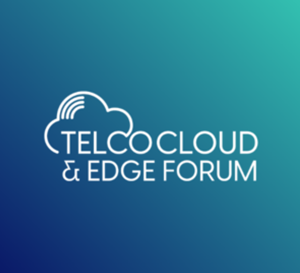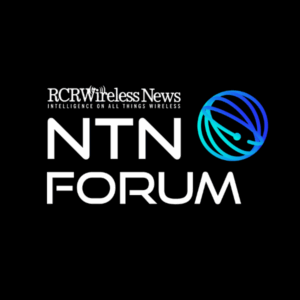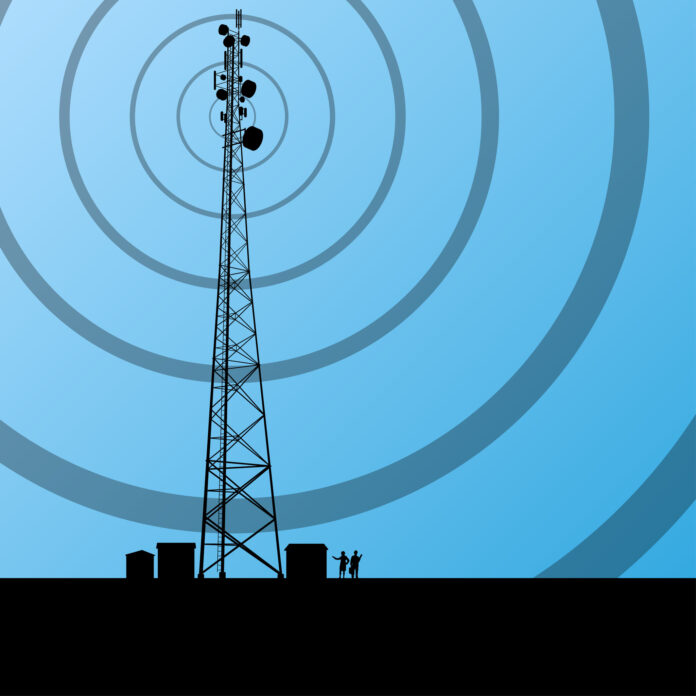Multi-year master lease agreements insulate American Tower from uncertain economic conditions
American Tower Corporation controls around 223,000 communications sites around the world, and has enjoyed steady growth as operators deploy and scale 5G infrastructure. Speaking earlier this month at the Citi 2023 Communications, Media and Entertainment Conference, President and CEO Tom Bartlett said he sees network densification and the deployment of edge computing infrastructure as growth drivers in the coming years.
Speaking to Citi’s Mike Rollins, Bartlett noted that carriers following a multi-band approach to 5G deployment—T-Mobile US with its 600 MHz and 2.5 GHz portfolio, for instance—means adding more infrastructure to more sites is underway. “And the use cases for 5G haven’t really yet been developed.”
In addition to the dynamic around 5G, Bartlett also noted the trend lines around distribution of data center computing infrastructure out of centralized facilities to more points of presence. This ties into 5G use case development as many targeted applications require not just high throughput over the air interface but also access to edge computing resources to cut down latency.
Last year American Tower acquired data center provider CoreSite; Bartlett called data centers “a great infrastructure class,” and said the ability to leverage interconnection between data centers and towers adds value to the firm’s real estate portfolio. “While those kind of edge applications are in the formation stage, the relationships that we’ve been able to build out with cloud providers over the last 12 months have been significant…That’ll develop over the next several years.” He said American Tower is “excited about the opportunity to bring tower and data center together to build something unique…”
In terms of organic growth drivers, Bartlett said the focus is helping operators deploy 4G and 5G spectrum with a fast time-to-market. The long goal is build to suit 40,000 to 50,000 sites in the coming years. “We don’t do that on spec,” he said. “We do that underneath a master lease program with our carriers. As more and more spectrum gets deployed and as higher and higher bands of spectrum get deployed, we’re going to see that need for further densification and co-location in our marketplace.”
He referred to this as a “platform extension” to expand capabilities provided at the site level. “The fundamental competitive advantage we have in our business is our exclusive pieces of real estate…They’re strategically positioned within all the markets we’re in to support our customer base.”
Expanding on the company’s master lease agreements, Bartlett said those are in place with some 75 customers. The predictability in revenue and pricing for American Tower and the customer, respectively, allows for more strategic relationships not marked by ongoing leasing negotiations.
“They have a pricing scheme which they can budget more appropriately, and they can come back and amend the sites that are part of that agreement which gives them some predictability…and it gives us predictability on what that revenue growth will look like…That gives us good comfort…We have visibility going forward because those pricing schemes we put in place are multi-year.” He also noted this structure protects American Tower from inflationary environments because of built-in leasing escalators both fixed and based on the consumer price index.
Barlett also called out fixed wireless access as an unexpected 5G-era boon for American Tower. T-Mobile US and Verizon have both aggressively entered the home internet business, leveraging excess mobile network capacity to deliver fixed wireless access. He called it a “success story. That could also be another element of growth…Right now the carriers are really supporting that fixed wireless component, element, value proposition, with additional infrastructure on our sites.”
In terms of headwinds, he identified carrier consolidation in some markets, particularly Latin America, as a potential hindrance to growth targets, but also said American Tower’s diversification has helped guard against taking a significant hit. He also said increasing interest rates could impact the company’s floating rate debt, but there’s an 18-24 month plan to refinance fixed rate debt and otherwise deleverage. Bartlett said any equity buybacks would be balanced with deleveraging the company’s balance sheet.







